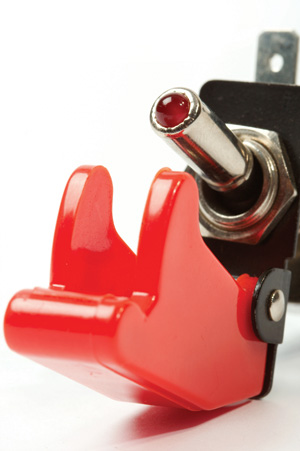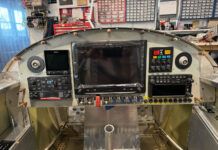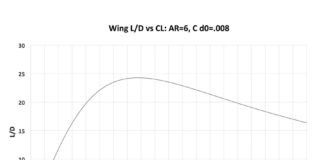Small things matter. This is a true statement regarding the overall build of your airplane—no rivet is inconsequential, no layup unimportant, no wiring connector too carefully crimped or soldered. But its also a valid comment on the state of ergonomics. How you fit an airplane, and how it works with you, are important factors in the final safety grade. If you’re always compensating for some bad bit of design or a poor construction choice, trouble will catch up with you. Maybe not today, maybe not tomorrow… but eventually.
As builders, were responsible for a good bit of the ergonomic outline, and I urge every one of you to look carefully at the more popular certified aircraft for guidance. Yes, yes, I know: The reason we’re building is, at least in part, so that we have something better, more personal than an off-the-rack airplane. But don’t confuse different with better. There are very good reasons that, for example, the fuel selector should be in a place where you can easily reach it. There are reasons for the throttle, prop and mixture controls to be a certain color and shape. And those reasons don’t include merely to be a buzzkill.
We builders can at least be excused for ergonomic indiscretions, because we’re not professionals—we shouldn’t necessarily know better. But I see commercially available items that, well, for lack of a more technical phrase, just stink up the place.
Want an Example?
The fuel selectors you can buy from the big names are, I think, depressingly bad. Their shafts stick, the handle often turns like its in a vise and the detents are anything but distinct. For myself, I spent extra to have an Andair valve, which turns smoothly, has clear detents and is a delight to use every day. And, yes, I’ve heard the caterwauling about the narrow end of the handle pointing to the tank selected when it really should be the big end. Bogus complaint. Look at the handle for all of 4 seconds, and it’s plainly clear what’s going on.
Next under the microscope are radio knobs and buttons. I’ve been working with some new gear lately. For the purposes of testing, I’m was flying with a Garmin G3X EFIS coupled to a GNS 430W alongside a Grand Rapids Technologies Horizon HX with synthetic vision.

What you see on the screens is pretty enough, sure, and the combination of the two boxes creates an amazingly capable panel, but what’s impressed me more than I anticipated are ergonomics.
Twist Some Knobs
Lets talk knobs. Rotary encoders, if you like. Most people who develop avionics at their desk and fail to fully appreciate the operating environment will ship product that doesn’t work as well as it could. I’ll give you a concrete example. The Garmin 430’s large concentric knobs are big, aggressively grooved and backed up by a very strong detent. Borderline too strong, if you ask me. But the benefit is that if you’re trying to tune a frequency in turbulence, you’re far less likely to skip past the desired number while that sweet little mountain wave works you over. By contrast, the frequency knobs on my SL30 are a titch too small with too little detent action.
I’m encouraged by both the Garmin G3X and the GRT EFIS. I had used the Garmin GPSMAP 696 before, so the combination knob/button/joystick was familiar. Generally, it works very well. I’m also impressed with the GRT buttonology. The knobs turn for data but also have a push-in function used for confirming your data choice. The little white contextual-menu buttons along the bottom have a satisfying snap to them; there’s no doubt that you have pushed them far enough to get a reaction.
Everyone in the avionics biz needs to look at how Garmin and GRT—or, for that matter, Advanced Flight Systems, which has knob/joystick controls in its newest models—have done it. Get over any not-invented-here hubris. Don’t let the engineer in the cubicle or the accountant browsing the Mouser catalog run the show.
Small ergonomic miscues can turn into large in-flight problems. Think before you buy.













